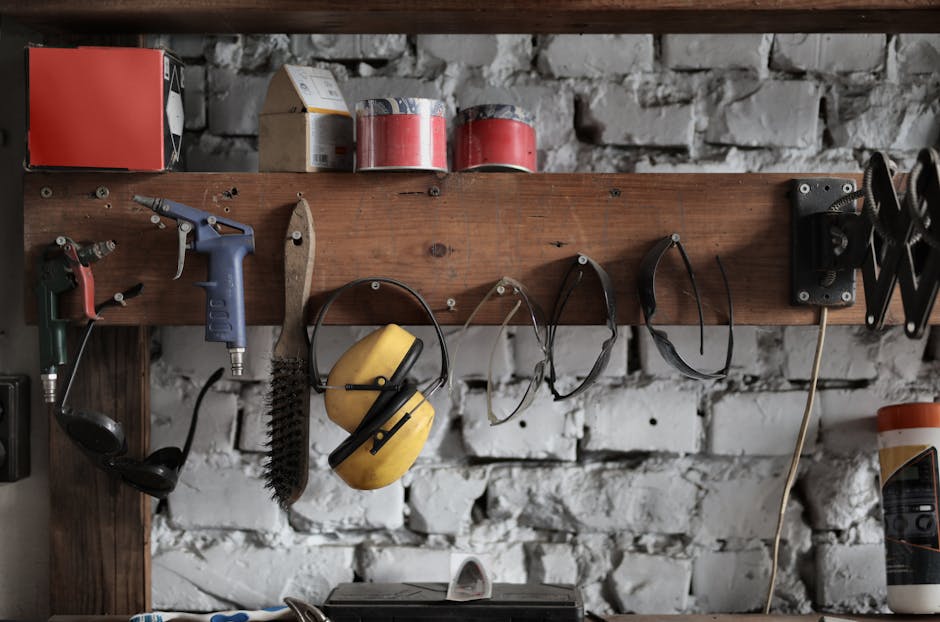Importance of maintaining wood staining finish
Wood staining finish requires regular maintenance to prolong its lifespan. Over time, the finish can become worn and dull due to exposure to elements like sunlight, moisture, and general wear and tear. By maintaining the finish, you can prevent it from deteriorating and protect the wood from damage. Additionally, consistent maintenance will ensure that the stain maintains its color and luster, keeping your wood surfaces looking beautiful for years to come.

Choosing the right wood stain
When choosing the right wood stain for your project, consider the type of wood you are working with and the final look you want to achieve. Oil-based stains penetrate the wood and provide long-lasting color, while water-based stains are more eco-friendly and dry faster. You should also decide between transparent, semi-transparent, semi-solid, and solid stains based on how much wood grain and texture you want to show through.
Preparing the wood surface
Before applying a new wood stain, it’s important to properly prepare the wood surface. This involves removing any existing stain or finish, sanding the wood to create a smooth surface, and ensuring it’s free from any dust or debris. Here’s what to do:
-
Use a wood stain stripper to remove the old stain or finish.
-
Sand the wood with a fine-grit sandpaper to smooth out the surface.
-
Clean the wood thoroughly to remove any dust or debris using a tack cloth or a damp cloth.
-
Ensure the wood is completely dry before applying the new wood stain.
Applying the wood stain
To ensure a successful wood staining finish, it is essential to apply the wood stain evenly and consistently. Prior to applying the stain, make sure the wood surface is clean and free of any dust or debris. Use a brush, cloth, or sprayer to apply the wood stain, following the direction of the grain for a smooth and uniform finish. Allow the stain to penetrate the wood for the recommended time before wiping off any excess. Remember to work in small sections to avoid uneven application.
Drying and curing process
During the drying and curing process, it’s essential to allow your wood staining finish to dry completely before applying any additional coats. This ensures that the finish can properly adhere to the wood surface, creating a durable and long-lasting result. Applying coats before the previous one is fully dry can lead to a patchy and uneven finish, compromising the overall look of your wood. Proper drying and curing will contribute to the longevity of your wood staining finish, so it’s worth taking the time to allow each coat to dry thoroughly before moving on to the next step.
Protecting the stained wood
To protect the stained wood, it’s important to apply a coat of protective sealant regularly. This helps to prevent moisture, dirt, and UV rays from damaging the wood. Additionally, avoid placing hot or wet objects directly on the stained wood to prevent damage. Regularly clean the surface with a gentle wood cleaner to maintain its appearance. Finally, consider reapplying a fresh coat of stain every few years to keep the wood looking its best.
Cleaning and maintenance tips
Regularly wipe down your wood stained surfaces with a clean, damp cloth to remove dust and dirt. Avoid using harsh chemicals or abrasive cleaners as they can damage the wood stain. To maintain the finish, apply a layer of wood polish or wax every six months to keep it looking fresh and vibrant. Avoid prolonged exposure to direct sunlight as it can cause the wood stain to fade over time. If you notice any spills or stains, clean them up immediately using a mild soap and water solution, then dry the area thoroughly. By following these simple cleaning and maintenance tips, you can ensure that your wood staining finish stays in top condition for years to come.
Repairing damaged wood stain
If you notice any damage to your wood stain, don’t worry! You can fix it easily. Here are some simple steps to repair damaged wood stain:
Sand the damaged area lightly to remove the old stain.
Apply a matching wood stain to the sanded area using a brush or cloth.
Allow the stain to dry completely.
Apply a clear protective finish over the repaired area for added durability.
By following these steps, you can effectively repair damaged wood stain and maintain the beauty of your wood finish for years to come.
Extending the lifespan of wood staining finish
To make your wood staining finish last longer, consider applying a new coat every 2 to 3 years. Ensure the surface is clean, dry, and free of any previous finishes before reapplying the stain. Always use a top-quality stain and proper application techniques, such as brushing or wiping the stain on evenly and following the wood grain. Regularly inspect the stained wood for any signs of wear, and promptly address any damage to maintain the finish’s integrity.
Conclusion: Tips for long-lasting wood stain maintenance
Maintaining your wood stain finish is essential for preserving the beauty and longevity of your wood. To ensure your wood stain lasts, consider these tips:
- Regular cleaning and dusting will help prevent dirt and grime from building up on the surface.
- Apply a fresh coat of protective finish every few years, depending on the wear and tear your wood endures.
- Use gentle cleaning products to avoid damaging the wood stain.
- Avoid prolonged exposure to direct sunlight and extreme weather conditions to prevent fading and damage.


